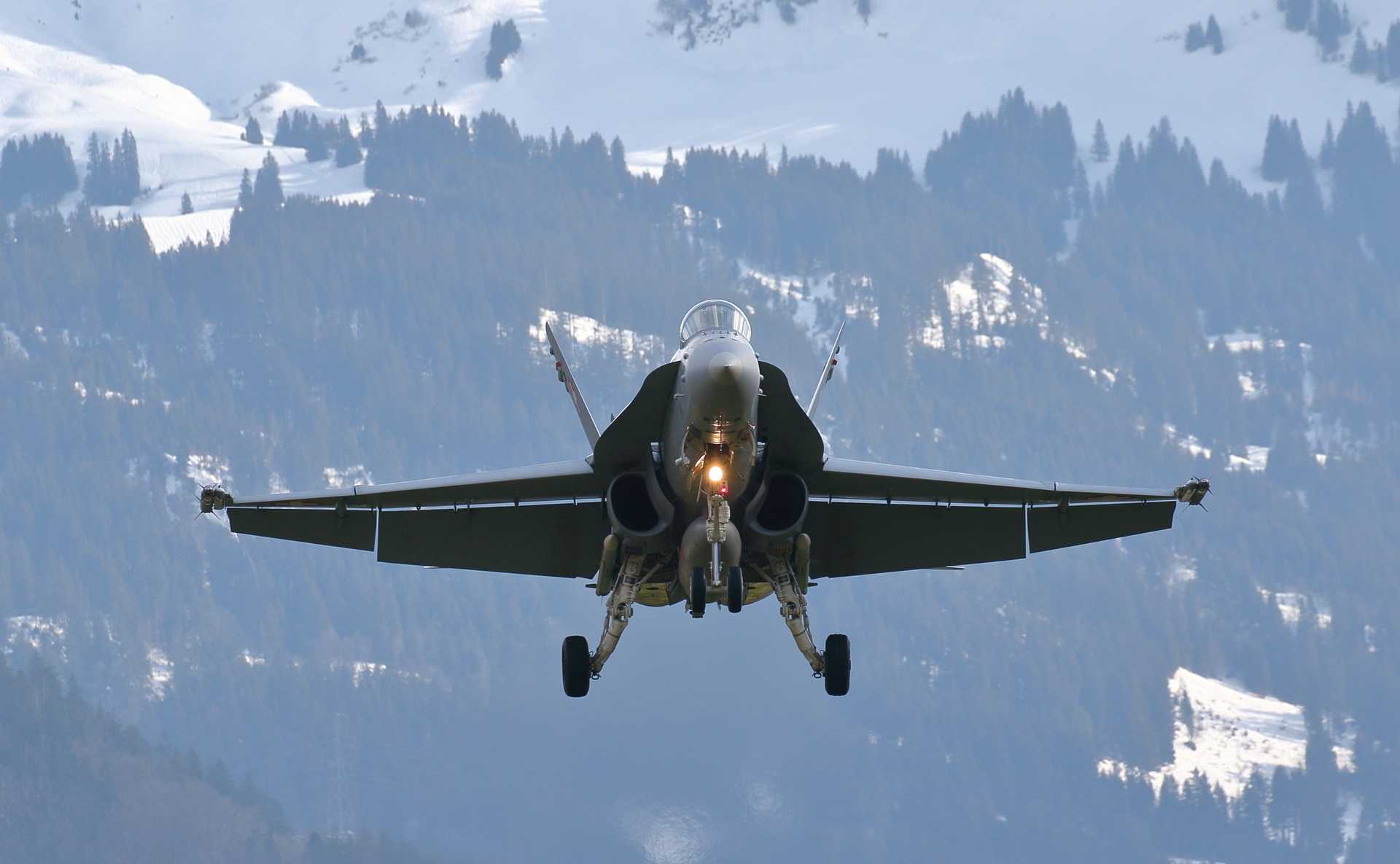Approach flying like a fighter pilot with Angle of Attack
Recent News
EAA Chapter 1049 May Monthly Meeting
May 3, 2024
DBE Participation Goal - Teleconference
May 2, 2024
May 2, 2024
April 18, 2024
Welcome New Board Member, Kevin Schaum
March 26, 2024
Nashua Park RV / Tiny Home for Sale
March 14, 2024
Contact Information
Driggs-Reed Airport
253 Warbird Lane
Driggs, Idaho 83422
Teton Aviation (FBO)
Phone: (208) 354-3100
Airport Manager
Phone: (208) 354-2362 x 2195
Email: mfox@driggsidaho.org
Hours: Monday-Thursday 8:30 a.m. - 5:00 p.m.
Friday 8:30 a.m. - 1:00 p.m.

Published: January, 3 2022
Every sortie in the Navy we trained to use our Angle of Attack (AoA) indicator in all our flight regimes, especially landing aboard the aircraft carrier. Even in general aviation (GA), flying with an AoA indicator is a safer, more precise, and more comfortable way to fly. This is especially true in the backcountry. This article will explain why.
In-flight loss of control (LoC) is the number one fatal accident category for light airplanes. The most common type of LoC accident involves a stall/spin and inadequate airspeed management and is frequently cited as a causal factor. There’s a loss-of-control fatal accident, on average, once every three days.
In training, GA pilots are taught that safety of flight depends on, among other things, a consistent flow of air across the airfoil and a positive angle of attack to produce lift. AOA is the angular difference between the wing’s chord line and the relative wind. Increase back pressure on the controls and lift increases, up to a point. Too steep an angle of attack and that sweet lift-generating airflow goes haywire. Reduce the angle of attack, and the wing will fly once again. This has to do with the Lift/Drag ratio (L/D max) The point on the total drag curve where the lift-to-drag ratio is the greatest... We’ll visit these concepts in a future article.
An aircraft stalls when the critical angle of attack is exceeded and this may occur at any indicated airspeed. Only using airspeed as an indication to the proximity to stall is unreliable. AoA is not affected by gross weight, bank angle, load factor, velocity, density altitude or position errors of the airspeed indicator and high angles of attack. An AoA indicator, by contrast, is accurate at all weights, configurations, accelerations and angles of bank.
The Wright brothers’ first airplane included a rudimentary AOA indicator built from a piece of wood and a length of yarn. Since I flew with an AoA gauge for 20 years in the Navy, I made sure that my plane has an AoA gauge too. With the simplification of light airplane design approval requirements, an increasing number of AoA designs are appearing on the market. These are installed in light airplanes to complement airspeed indication and stall warning systems and to notify pilots of proximity to the stall. Below is an example of the instrumentation that I have in my Light Sport aircraft, and the AOA indicator is shown the bottom left of the screen.

When a pilot does not have an AOA indicator in the cockpit, they are taught to use airspeed as a proxy. However, the published stall speed they learn is only valid at one weight—in coordinated, unaccelerated flight—and that may create a false sense of safety beyond those conditions. In ground school, new civilian pilots learn that aircraft stall speed increases by 40 percent in a 60-degree bank when the pilot tries to maintain level flight. This increases load factor. Sadly, history has proven that many pilots who overshoot that turn from base to final aren’t thinking about how their 85-knot base-to-final speed might suddenly need to jump to nearly 120 in order to maintain a similar safety margin above stall.
So, if you would like to fly more safely and precisely, I would strongly encourage you to fly like a Navy Pilot and install an AoA indicator in your plane.
Fly Safe!
Don Moseley